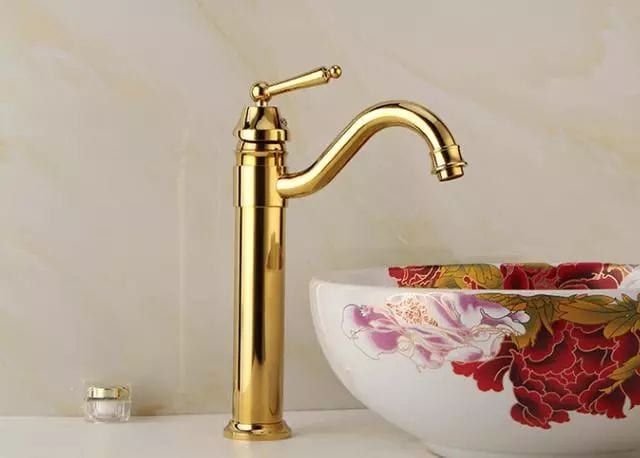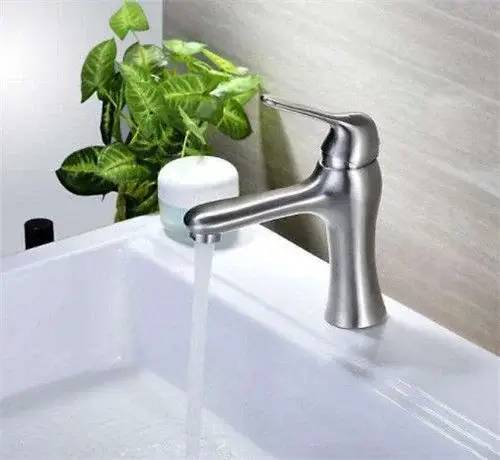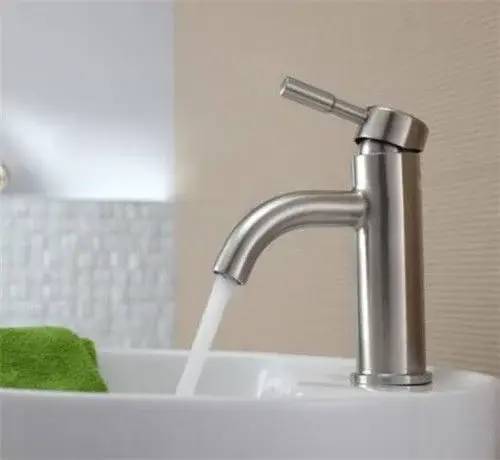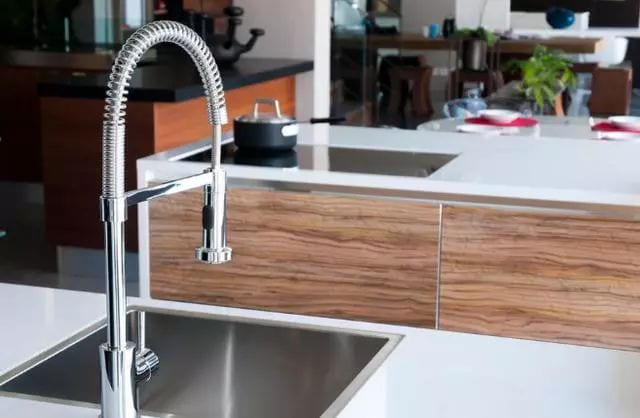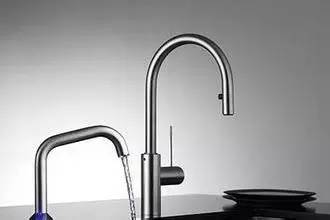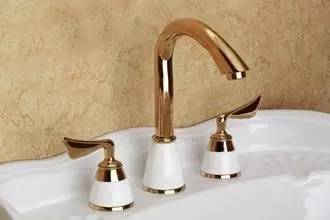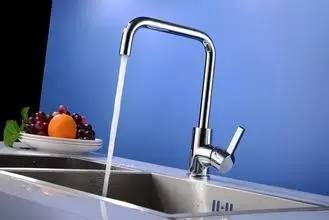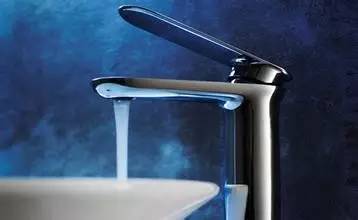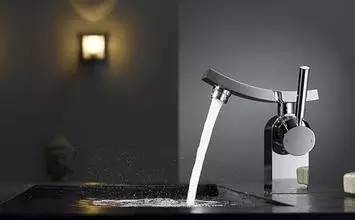Xiao Xin Bathroom Headline
Nowadays, every household is equipped with faucets, and its use has brought great convenience to our water usage. It gives us the freedom to control the amount of water that comes out, use water rationally, and is not prone to wastewater. There are many types of faucet materials available in the market, and the faucets are generally made of:
- Iron-carbon alloy cast iron taps (prone to rusting and polluting water sources, which has been banned by the State)
- ABS plastic faucets (engineering with more, lower grade, short life)
- Zinc alloy taps (prone to rusting and ageing, affecting water quality, with rupture and leakage hazards)
- All copper faucets (copper alloy sterilization, corrosion-resistant, durable)
- 304 stainless steel faucet (lead-free, hard and tough, durable)
Different materials have different characteristics, that all copper and stainless steel faucet which is better? What is the difference between an all-copper and stainless steel faucet? Let’s find out which is better with the all-copper and stainless steel faucets!
Which is better, an all-copper or a stainless steel faucet?
1. What are the advantages of an all-copper faucet?
It has many advantages over other faucets made of other materials. It is antimicrobial and can effectively kill the bacteria in the faucet. Even if there is a burst in the tap water and a foreign substance enters, we don’t have to worry about bacterial infection of the drinking water. All-copper faucets also have good cutting performance, good abrasion resistance, easy to process, but more expensive.
The copper faucet can be divided into non-standard copper, national standard copper, and other copper faucets according to the material. At present some domestic and foreign high-grade faucet are copper.
2. The advantages of stainless steel faucet
This material is more common faucet, and copper faucet, compared to its high hardness, good toughness, without maintenance and care, the use of more carefree. Stainless steel faucet of good environmental protection, it does not contain lead, the use is not produce odor, can effectively ensure the quality of water health, health, will not pollute the water.The surface of stainless steel faucet is treated by polishing process. Its appearance has a silvery luster, smooth and delicate feel. It has good acid and alkali resistance and is not easy to corrode. And its surface never rusts and never deforms.
What is the difference between stainless steel faucet and full copper faucet?
1. If a comparison is made on the surface, the stainless steel ones are superior. The surface of the stainless steel faucet is polished and polished process, the surface of its products can always keep the silver-white luster, never rust.
The surface of the copper faucet is mostly treated by nickel or chrome plating.Its plating layer depending on the quality of its quality, the fast one year. Slowly 10 years copper faucet will gradually lose surface luster, will appear from the pockmark, after the electroplating layer peeling, exposed copper rust and other phenomena.
2. If from the use of comparative, copper faucet in use for a period of time will appear in varying degrees of lead, and even long rust phenomenon. The stainless steel products are acid-resistant, alkali-resistant, non-corrosive, and will not release harmful substances. And the hardness and toughness of stainless steel are more than 2 times higher than copper.
The problem of price
The price of pure copper faucet is about twice as expensive as stainless steel faucet. If the home is to “practicality” based, kitchen and bath are still recommended and it is better to use stainless steel faucet!
Of course, it is not that pure copper faucets are necessarily unreliable. But the building materials industry is too deep. If you recognize the copper or try to buy expensive it. If your kitchen uses cheap, less than 200 RMB copper faucets, for the sake of your family’s health, it’s better to replace them as soon as possible.
Editor’s advice:
Instead of wondering whether it’s stainless steel or all copper, go the extra mile and buy from a reliable source. It is best to choose products that meet national standards. It is not recommended to buy one with a price significantly lower than the market average. If you want to save a few tens, or a hundred, don’t save here either. Water for faucets is closely related to health, so buy zinc alloy or more than you can afford.
8 Secrets to Buying a Faucet
1. Observe the glossiness of the plating
The surface is very evenly glossy with no burrs or pores, no grit, cracks or oxidation spots. After touching it with your hand, it will not leave any traces, and the gloss is relatively bright.
2. Touch the edge seams by hand
The plating on the finest faucets is 5-7 layers, with rounded edges and no burrs or sharp edges. In addition, the joints between the main components are also very tight, and there is no sense of looseness.
3. Listen to the knocking sound
A good faucet should be cast brass in one piece, and brass sounds dull and low when struck. If the sound is crisp, it is usually stainless steel or alloy material.
4. The weight of the faucet
The main component housing of a good faucet is usually made of copper. Copper is malleable, easy to shape and plating, and will be of good quality. Copper has a higher specific gravity, which makes it seem heavy and substantial in the hand. The zinc alloy material has a lower density and feels lighter. Therefore, you can compare the weight of the same size faucet.
5. Distinguish the material of the faucet
It is best to choose copper material, followed by stainless steel. Do not choose zinc alloy, because zinc alloy corrosion resistance, easy to precipitate heavy metals, hazardous to human health. We can observe the color of the inner surface of the faucet to judge its material. Zinc alloy faucet inner cavity color dark yellow with white spots. The inner cavity of the faucet made of copper is yellow in color.
6. Test the foaming degree of water flow
Finger touch to feel the water flow. The water flow is soft and rich in foam, indicating that the quality of the faucet bubbler is better.
7. Check the flexibility of the spool by rotating it
The quality of the spool is the key to the bathroom faucet. Superior faucet spool crafted with precision. When the handle swings to drive the spool, you can feel it is not loose or tight, light and free of obstruction.
8. Brand and product certification
Consumers should look for well-known brands when buying a faucet so that they can get better after-sales protection. They should also ask the salesperson for the product’s test report to determine if the product is qualified.
 VIGA Faucet Manufacturer
VIGA Faucet Manufacturer 

